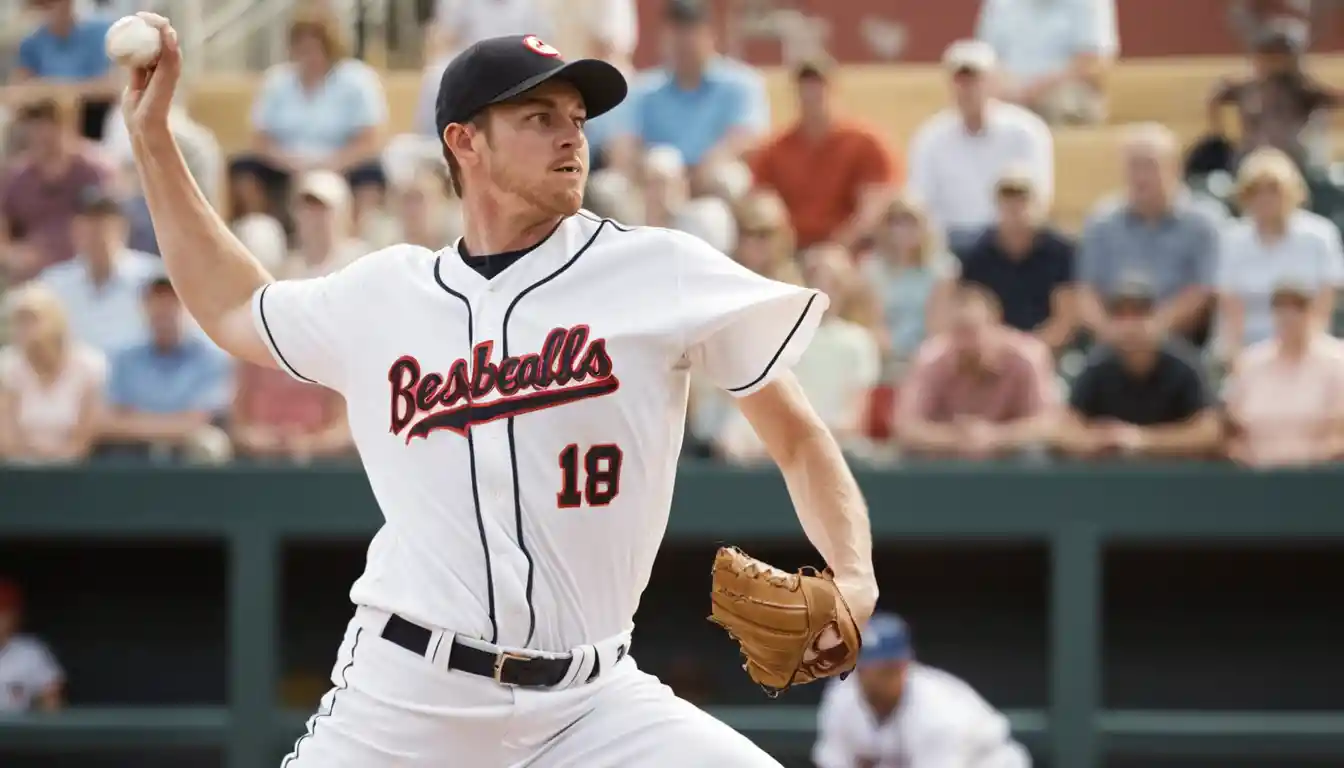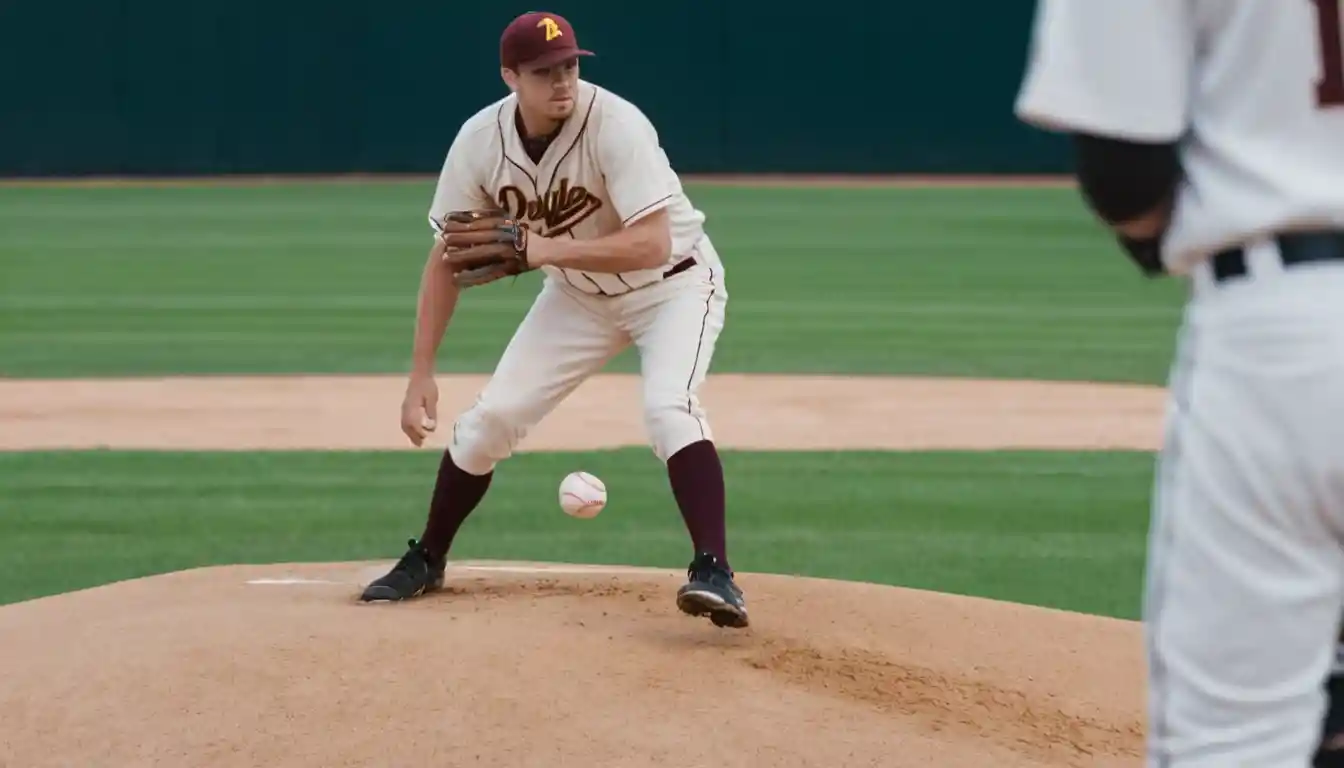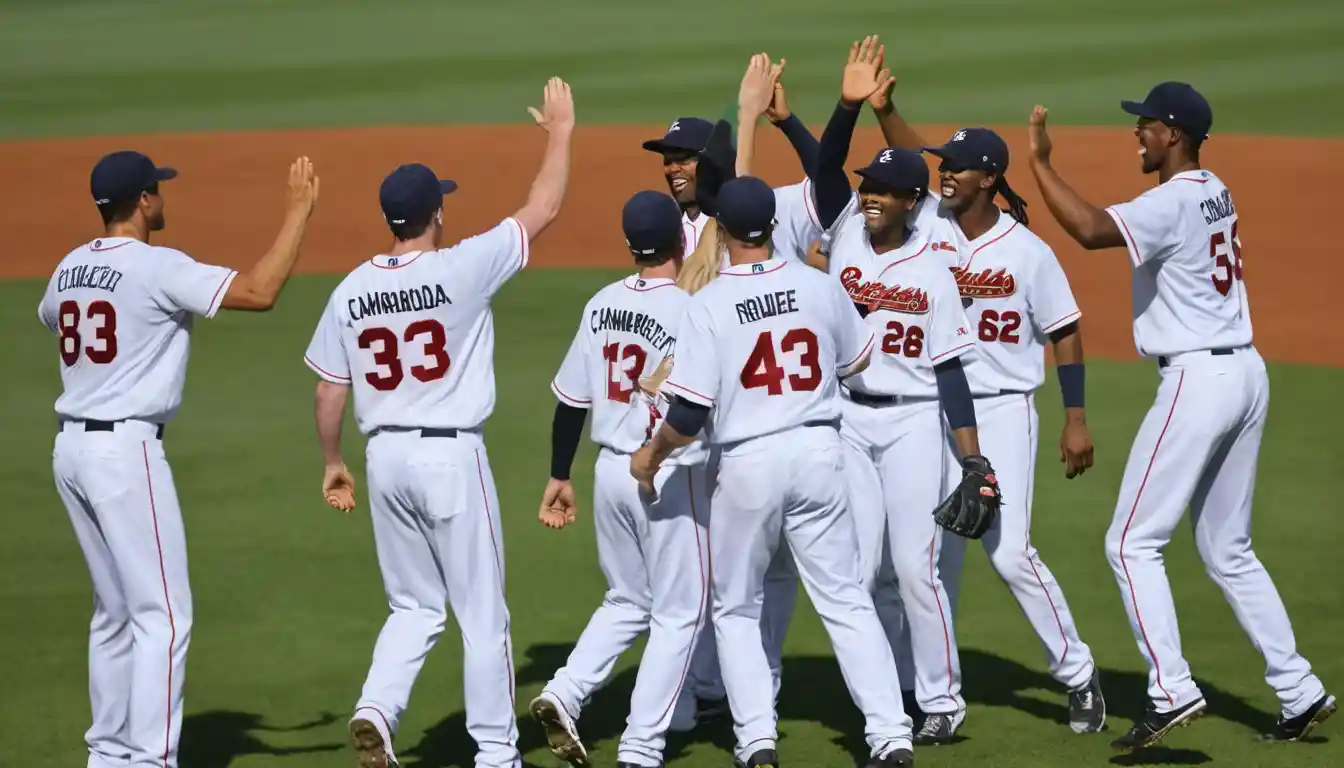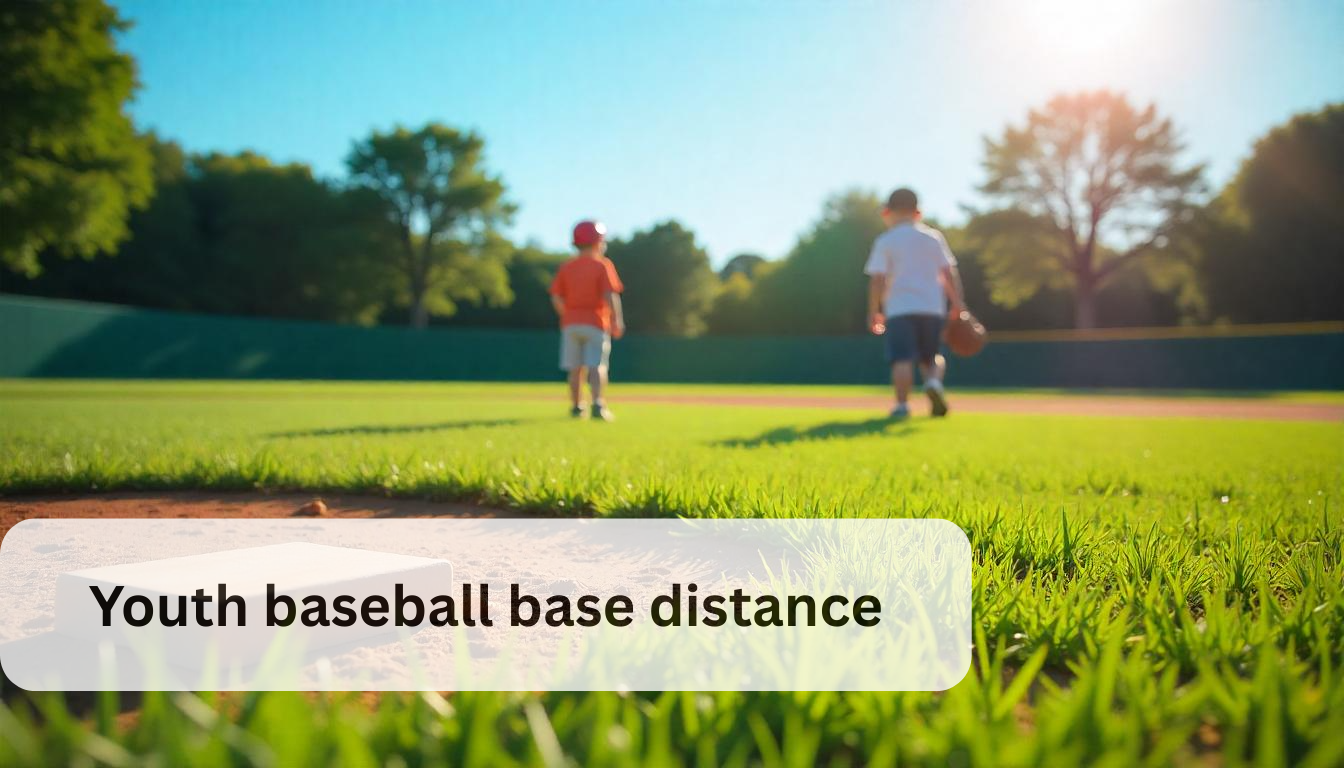Baseball is a sport filled with unique achievements that captivate fans and players alike. From walk-off home runs to perfect games, every milestone holds a special place in the game’s rich history. Among these, one of the rarest and most impressive feats is the “no-hitter.” But what exactly is a no hitter in baseball, and why is it such a remarkable accomplishment? In this blog post, we’ll explore what defines a no-hitter, the significance of this achievement, and why it continues to be a defining moment in the sport.
What Is a No Hitter in Baseball?
At its core, a no-hitter in baseball refers to a game in which a pitcher prevents the opposing team from recording a single hit throughout the entire game. However, a no-hitter is more than just a performance where no hits are allowed; it’s a rare and extraordinary feat that requires a combination of skill, focus, and sometimes a bit of luck.
To clarify, a no-hitter does not necessarily mean a perfect game. While both are significant achievements, they are distinct. In a perfect game, the pitcher must not allow any base runners, meaning no walks, no hit batters, and no errors that lead to runners on base. In contrast, a no-hitter allows the possibility of walks, hit batters, or errors, but the key criterion is that the opposing team fails to record a hit.
How Rare is a No-Hitter?
The rarity of a no-hitter is one of the reasons it is so celebrated in the baseball world. In the history of Major League Baseball (MLB), there have been fewer than 300 no-hitters since the sport’s inception in the late 1800s. That’s a tiny fraction of the thousands of games played each season.
The first no-hitter in MLB history was thrown by Pud Galvin in 1880. Fast forward to today, and the no-hitter still stands as one of the most difficult accomplishments for any pitcher to achieve. Every time a pitcher takes the mound, they are not only competing against the opposing team but also working against the odds to make history.
Types of No-Hitters
Not all no-hitters are created equal. While the essential characteristic remains the same—no hits allowed—there are different types of no-hitters, each with its own unique circumstances. Let’s take a closer look at some of the different variations:
1. The Standard No-Hitter
The most common form of a no-hitter is the “standard” no-hitter, where the pitcher throws the full game without allowing a hit. In this scenario, the pitcher may walk or hit a batter, but no batter gets on base via a hit.
2. The Combined No-Hitter
In this version, a team’s pitching staff works together to complete the no-hitter. One pitcher might start the game and throw a few innings, while another relieves them and finishes the game. The most famous example of a combined no-hitter came in 2021 when the Houston Astros’ pitching staff achieved the feat in a game against the New York Yankees.

3. The Perfect Game
As previously mentioned, a perfect game is a rare form of no-hitter in which the pitcher not only doesn’t allow any hits but also doesn’t walk any batters or allow any errors. It’s the pinnacle of pitching achievements, and only 23 perfect games have been thrown in MLB history.
Notable No-Hitters in MLB History
The history of no-hitters is filled with legendary moments that have been etched into the fabric of baseball. Let’s look at some of the most memorable no-hitters in MLB history.
1. Nolan Ryan Seven No-Hitters
When it comes to no-hitters, no one has done it quite like Nolan Ryan. With an astonishing seven no-hitters under his belt, Ryan holds the MLB record for the most no-hitters by any pitcher. His first no-hitter came in 1973, and his final one was in 1991, demonstrating his incredible longevity and dominance on the mound.
2. Kerry Wood 20-Strikeout Game
While not a no-hitter in the traditional sense, Kerry Wood’s performance in 1998 deserves mention. Wood struck out 20 batters in a single game—a feat only a handful of pitchers have achieved. His game, which included a near-no-hitter, stands as one of the most dominant pitching performances of all time.
3. Roy Halladay Perfect Game and No-Hitter
Roy Halladay made history in 2010 when he threw a no-hitter in the postseason, just a few months after throwing a perfect game during the regular season. Halladay’s 2010 postseason no-hitter remains one of the most memorable moments in playoff history, as he led the Philadelphia Phillies to victory against the Cincinnati Reds.
4. Felix Hernandez Perfect Game
Felix Hernandez, known as “King Felix,” pitched a perfect game for the Seattle Mariners in 2012. His dominant performance against the Tampa Bay Rays remains a defining moment of his career and a true testament to his pitching prowess.
What Makes a No-Hitter So Special?
So, what is it about a no-hitter that makes it so special? There are several reasons why achieving a no-hitter is such a prestigious accomplishment in baseball:
1. The Difficulty of the Task
Baseball is a game of inches, and preventing a hit over nine innings requires pinpoint accuracy, focus, and endurance. Unlike other feats in baseball, a no-hitter demands that the pitcher face off against a team of skilled hitters without letting a single one of them make contact with the ball in a way that results in a hit.
2. The Pressure and Suspense
As a no-hitter progresses, the pressure builds not only on the pitcher but also on the entire team. Players begin to realize the rarity of the event, and the intensity of the moment only increases. Fans become more and more invested, creating an electric atmosphere in the stadium.
3. The Legacy
A no-hitter is a career-defining moment. For many pitchers, it becomes a permanent part of their legacy. Whether it’s Nolan Ryan’s seven no-hitters or Roy Halladay’s postseason achievement, these moments live on long after the game is over. For fans, it’s a once-in-a-lifetime experience to witness such a rare event in person.
The Science Behind a No-Hitter
While a no-hitter is a result of a pitcher’s skill, there’s also a certain science to it. Pitchers rely on a combination of factors to keep hitters off balance and prevent them from making solid contact:

Pitch Selection: A varied pitch selection keeps batters guessing. Fastballs, curveballs, sliders, and changeups all have their place in a pitcher’s arsenal. The key is to keep hitters off balance and prevent them from getting comfortable.
Control and Command: The best pitchers have impeccable control, meaning they can place the ball exactly where they want it. Command refers to the ability to move the ball in and out of the strike zone, making it difficult for batters to anticipate the next pitch.
Fielding and Defense: While the pitcher’s performance is the main focus of a no-hitter, a team’s defense plays a critical role. Fielders need to be sharp, as even a single mistake can break up the no-hitter. A stellar defensive play can sometimes be the difference between a no-hitter and a loss.
How to Celebrate a No-Hitter
When a pitcher achieves a no-hitter, the celebration is often subdued compared to other milestones like a home run or a walk-off hit. This is because the focus is on the pitcher’s individual achievement, and players often prefer to wait until the game is over before celebrating. Fans, however, go wild, often showering the pitcher with cheers and chants in recognition of the historic performance.
Frequently Asked Questions
What is the difference between a no-hitter and a perfect game in baseball?
A no-hitter occurs when a pitcher prevents the opposing team from getting any hits during the game. However, a no-hitter can include walks or hit batters. A perfect game, on the other hand, is an even rarer feat where the pitcher doesn’t allow any base runners at all no hits, no walks, and no errors. Both are incredible achievements, but a perfect game is considered a more stringent and impressive accomplishment.
How many no-hitters have been thrown in Major League Baseball?
Since the beginning of Major League Baseball in the late 1800s, there have been fewer than 300 no-hitters thrown. The rarity of this achievement speaks to its difficulty, as even the best pitchers in the league can go their entire careers without achieving a no-hitter.
What happens if a pitcher is in the middle of a no-hitter and gives up a hit?
If a pitcher gives up a hit during a no-hitter, the no-hitter is immediately broken. While the pitcher may still perform well in the game, no official record of a no-hitter will be made. This is one of the reasons why fans and players alike are so focused and tense during the final innings of a no-hitter.
Can a no-hitter be thrown by a team’s bullpen?
Yes, a no-hitter can be thrown by a team’s bullpen. This is known as a combined no-hitter. It occurs when multiple pitchers work together to complete a game without allowing any hits. The most famous example of this was when the Houston Astros’ bullpen threw a combined no-hitter in 2021.
How is a no-hitter celebrated in baseball?
After a no-hitter is completed, the pitcher is usually congratulated by teammates, coaches, and fans. The celebration can vary, but it’s typically more subdued than other baseball milestones like a walk-off home run. The focus is on the pitcher’s achievement, and the celebration usually happens after the game concludes. Fans often show their appreciation with standing ovations and cheers.
Conclusion
So, what is a no hitter in baseball? It’s an incredible achievement that showcases a pitcher’s skill, endurance, and ability to perform under pressure. Whether it’s a standard no-hitter or a combined effort, the rarity and excitement surrounding this accomplishment make it a moment that all baseball fans cherish.
As fans, we can only hope to witness such a rare and thrilling event. And who knows? The next no-hitter might just be the one that defines a pitcher’s legacy for years to come.
If you’re a baseball fan, be sure to keep an eye on the mound. You never know when the next unforgettable no-hitter will take place. Keep watching, keep cheering, and never miss a moment of the magic that is baseball.





